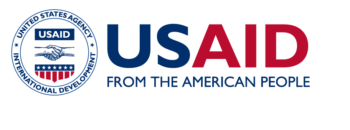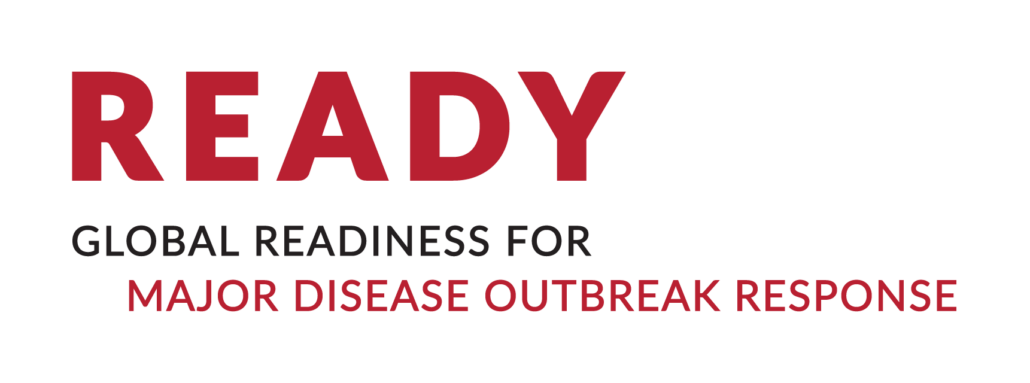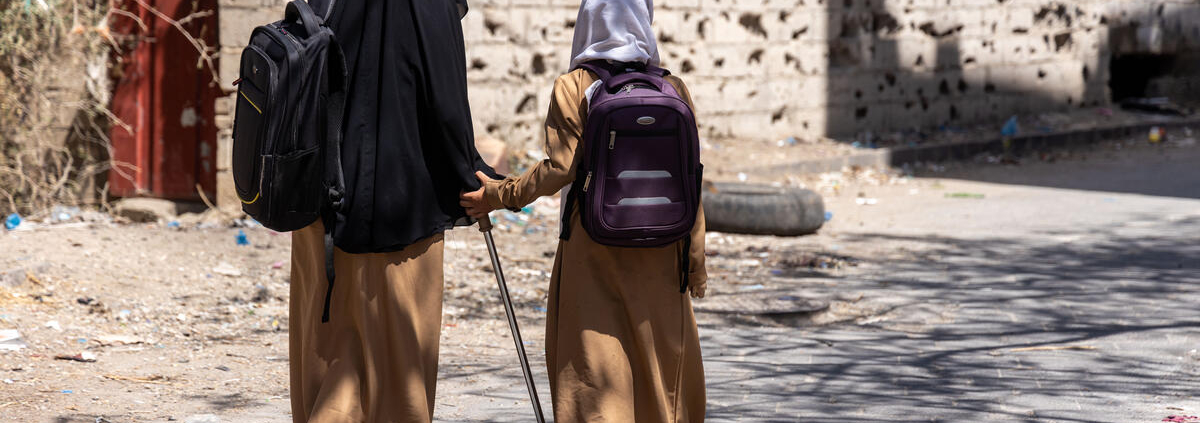COVID-19 in Humanitarian Contexts: no excuses to leave persons with disabilities behind! Evidence from Humanity and Inclusion’s operations in humanitarian settings.
Author: Humanity and Inclusion
This collection and review of evidence aim to illustrate how the COVID-19 crisis triggers disproportionate risks and barriers for men, women, boys and girls with disabilities living in humanitarian settings. It highlights recommendations for humanitarian actors, to enhance inclusive action, aligned with existing guidance and learnings on disability inclusion. It is based on evidence, including testimonies, collected by HI programs in 19 countries of intervention. Special efforts were made to reflect the voices of persons with different types of disabilities, genders and ages, residing in different geographical areas and living circumstances, including refugee and internally displaced persons’ settlements and host-communities.
View the report in English here.


This website is made possible by the support of the American People through the United States Agency for International Development (USAID) under the READY initiative. READY (not an acronym) is supported by USAID’s Bureau for Democracy, Conflict, and Humanitarian Assistance, Office of U.S. Foreign Disaster Assistance (OFDA) and is led by Save the Children in partnership with the Johns Hopkins Center for Humanitarian Health, the Johns Hopkins Center for Communication Programs, UK-Med, EcoHealth Alliance, and Mercy Malaysia. The contents of this website are the sole responsibility of Save the Children. The information provided on this website does not necessarily reflect the views of USAID, any or all consortium partners, or the United States Government, and is not official U.S. Government information.


